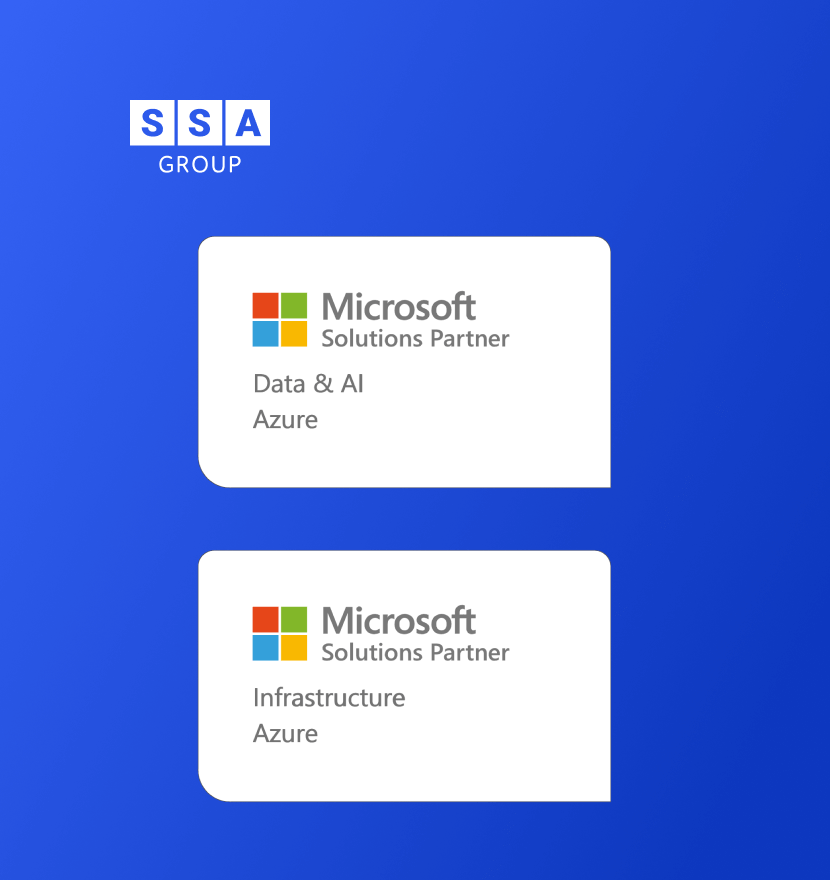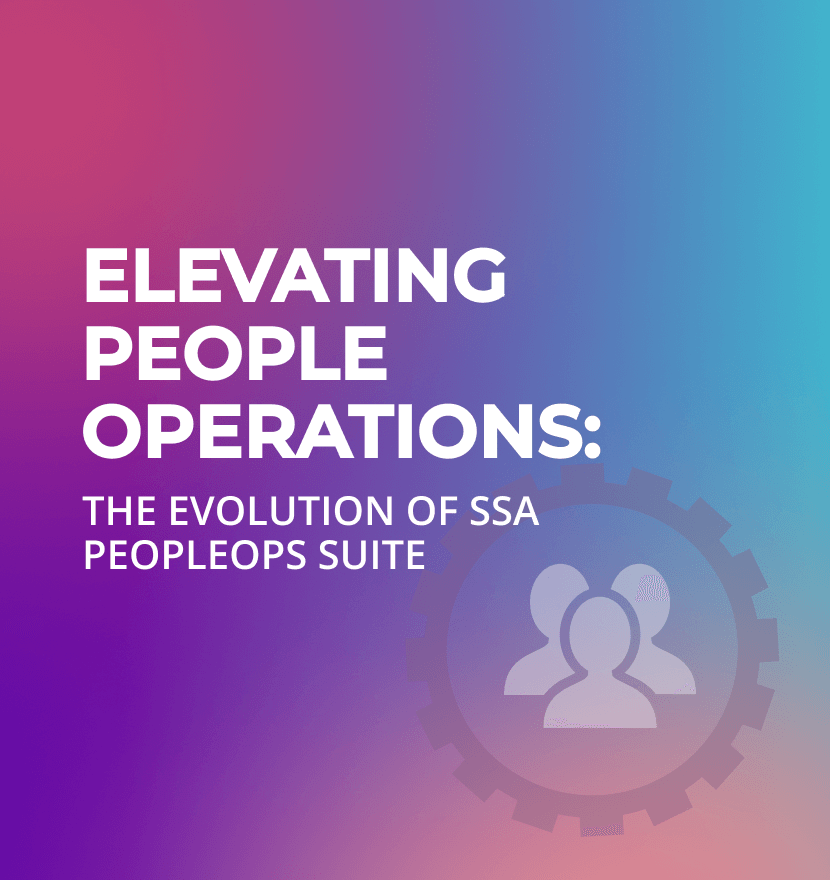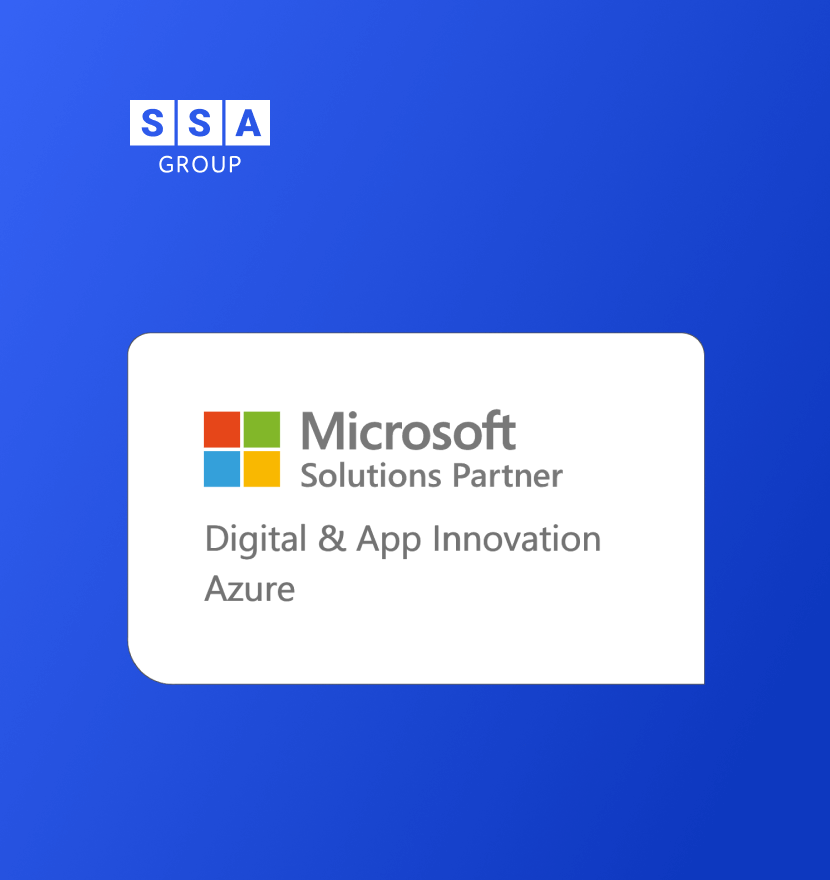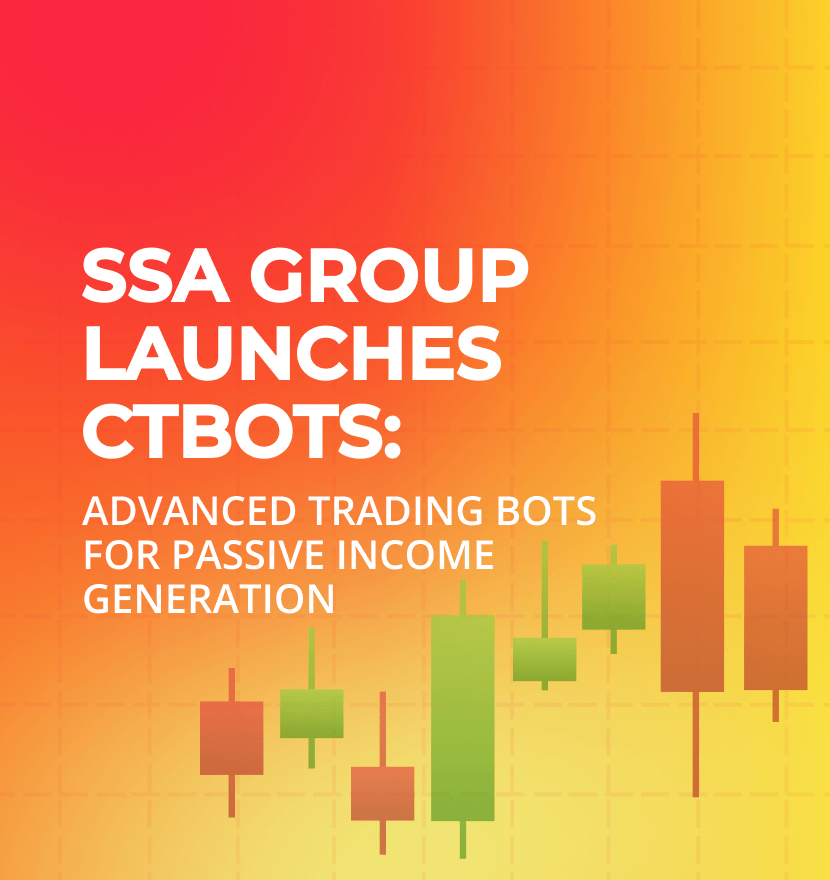We have cooperated with SSA Group on several projects since 2010. Here at MH Direkt, we help our clients to boost their businesses through efficient e-commerce solutions. Combining our own experience in online shop building and promotion with the technical expertise of SSA Group consultants, we can deliver tailor-made solutions that are precisely meet our customers’ needs and allow them to achieve their business goals.
We are currently working on React application to enhance the functionality of Magento-based online store and allow customers to create custom prints through the built-in editor.
Our strategy of building blended teams proved to be efficient in solving both business and technical challenges on the projects. Throughout our cooperation, we could rely on transparency and flexibility in dealing with business-related matters.









